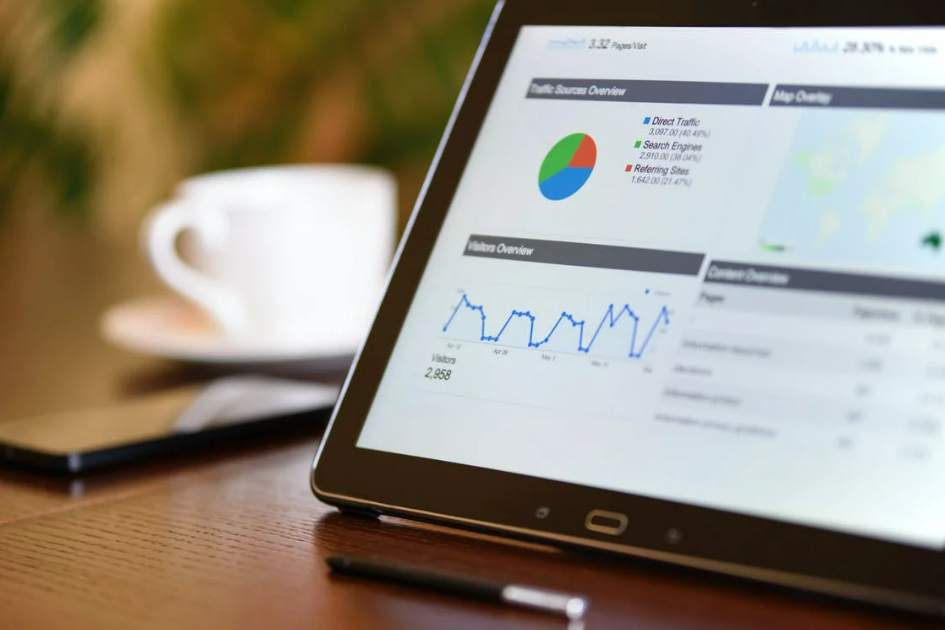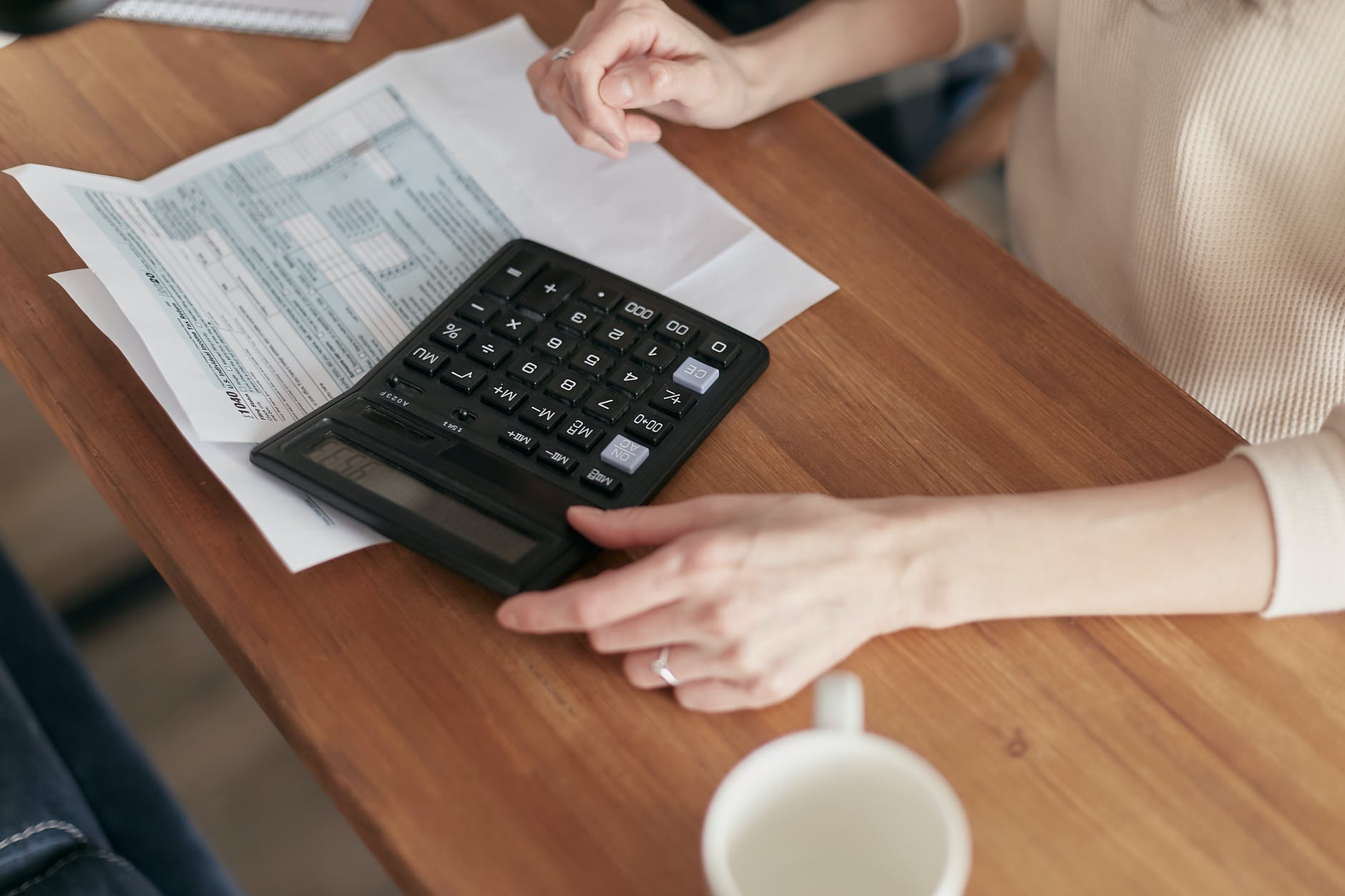Restaurant data analytics: how to use them to boost performance
Data analytics should be one of the major focuses of your restaurant business. After all, the data will show you what is working and what is not in your restaurant. You can use it to improve your marketing, your menu, and even your operations.
Before walking you through how to use these powerful tools, let’s first look at what restaurant data analytics are and what they can do for your business.
What Are Restaurant Data Analytics?
In short, restaurant data analytics deliver clear, actionable insights by analyzing the vast data streams your restaurant produces. This data can be pulled from several sources, including point-of-sale (POS) systems, customer surveys, and even loyalty programs.
The important part to note is that this data can then be used to improve some aspect of the business, whether that be the menu, the marketing campaigns, or even the operations.

Why Use Data Analytics for Your Restaurant?
Simply put, restaurant data analytics can make sense of all the data your restaurant generates and empower you to make better business decisions. Any restaurant can generate numbers and data points, but effectively analyzing these data sets gives you the whys behind the numbers.
Why does that menu item perform so well? Why did sales drop off during a specific time period? Comprehensive data analytics can provide the answers to all of these questions (and more), providing you with a roadmap to improve your business performance.
With these actionable insights, you can tweak operations, adjust inventories, train employees, fine-tune menus, and rethink customer interactions to enjoy more success. It's why restaurants harnessing the power of big data analysis boost their profits by as much as 10%.
But with so many data points, it can be hard to know where to start. With that in mind, let's look at how to use your suite of data to improve critical areas of your restaurant business.
How to Best Use Restaurant Data Analytics
There are several factors that you need to consider before using analytics to dictate future decision-making. To make the best use of data analytics, you need to have a plan and know what you want to learn from your data. With that in mind, let's consider what you need to bear in mind when sifting through your restaurant's data.
Deciding Time Ranges
One of the first steps is deciding the time ranges you wish to analyze. Most restaurants have some degree of seasonality, so comparing data sets from the same period makes sense. For example, if you want to know how a new menu item did over the summer, compare it to other menu items from that same time period.
This practice will give you a more accurate picture of the item's performance and whether it is worth keeping on the menu. Similarly, if you want to know how a new restaurant marketing campaign is performing, compare it to other marketing campaigns from the same period. This will give you an apples-to-apples comparison and provide more accurate insights.
Additionally, it's important not to be too focused on relatively short periods, such as a week, as there's often too much noise in the data to glean any real insights. Instead, focus on more extended periods, such as months or quarters. This will give you a better sense of any underlying trends in the data.
Focus on KPIs to Ascertain Performance Enhancement Opportunities
There will be goals that all restaurants have, such as improving the customer experience. However, that vague notion cannot be measured in the data your restaurant generates.
Thus focus on the measurable KPIs (Key Performance Indicators) that constitute good customer service. Using the example of customer experience given above, you would look at data points such as how long it takes for customers to be seated, how long it takes for their food to arrive, and how often they return.
This data can then be used to improve wait times, train staff, and make other operational changes that will lead to a better customer experience.
Similarly, if your goal is to increase restaurant sales, you would look at data points such as average check size, customer traffic, and conversion rates. This data can then be used to improve the menu, better target marketing efforts, and make other changes that will lead to increased sales.
Selecting the Right Reporting Tools
Of course, the data analytics you get to work with are only as good as the reporting tools providing them. While there's nothing wrong with having multiple reporting tools feeding you disparate data sets, it makes far more sense to have one central repository, namely your restaurant POS system, that contains all the data you need. This allows you to have a single source of truth and provides more accurate insights.
Additionally, it means you don't have to spend time consolidating data from multiple sources, which can be time-consuming and error-prone. The best restaurant POS systems have built-in reporting tools and restaurant analytics software that allow you to quickly generate the insights you need to make informed decisions.
Use Sales Data to Improve the Dining Experience
One of the principal aims of using restaurant technology to gather and analyze data is to use that data to improve the dining experience. Thus, it's essential to focus on data points that will directly impact the customer experience.
As mentioned, it's good to look at key KPIs to ensure you're hitting your performance goals. But it's also important to look at other data points that will give you insights into the overall dining experience at your establishment.
For example, looking at your restaurant sales data can help you identify popular menu items and those that are not selling as well as you had hoped. Insights like these allow you to adjust your menu accordingly, directly influencing customer satisfaction.
Additionally, looking at customer feedback data can help you identify any common pain points or similar unwanted trends relating to the dining experience. You can then take these reports and make changes to improve the experience and ensure that customers have a positive experience from start to finish.
Generate Data Insights on a Regular Basis
Analyzing your restaurant's data is an ongoing process, not a one-time effort. You need to regularly generate insights from your data to make informed decisions. The best way to do this is to set up a schedule for yourself, whether daily, weekly, or monthly, to ensure that you're regularly looking at the data and making changes as needed.
Additionally, it's essential to ensure that you're looking at the right data. There's no use in looking at data that's not going to give you insights into your restaurant or help you improve the dining experience. Thus, you must focus on the data points that are most relevant to your goals and objectives.

Generate Powerful Restaurant Data Analytics With POS Solutions from POSTRON
By following these tips, you can ensure that you're making the most of your restaurant data and using it to improve your business. Restaurant data analytics is a powerful tool that all restaurateurs should utilize to make informed decisions about their business.
With POS solutions from POSTRON, you can take advantage of powerful restaurant analytics tools that will help you make the most of your data. Our software is designed to give you the insights you need to improve your business and take it to the next level.
Contact us today to learn more about our POS solutions and how they can benefit your business, or why not book a free demo to see for yourself first-hand?
